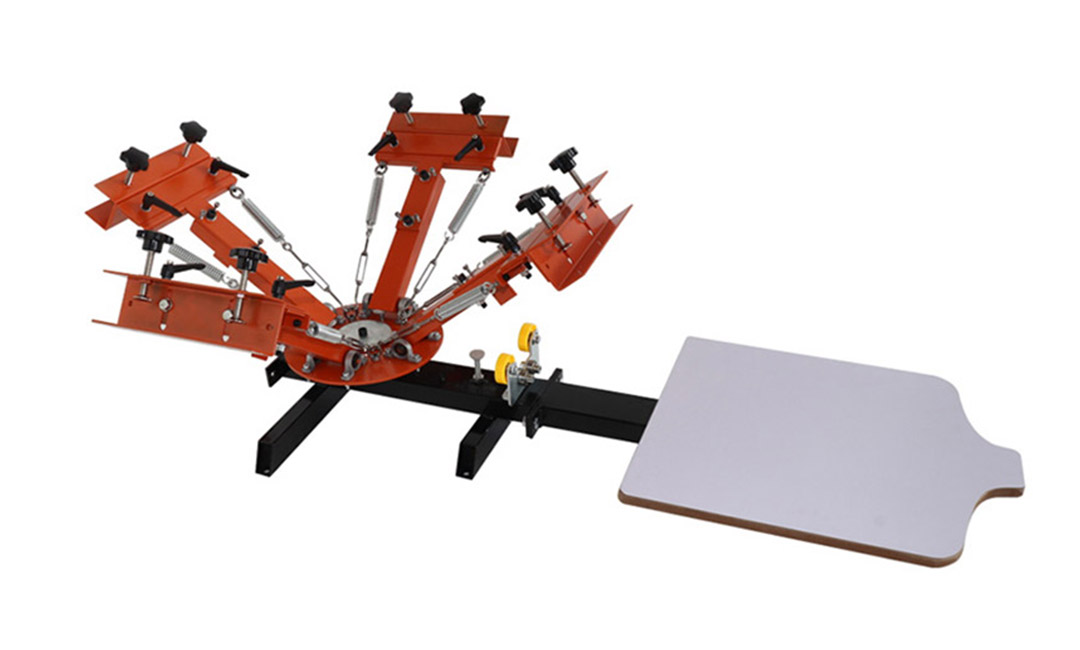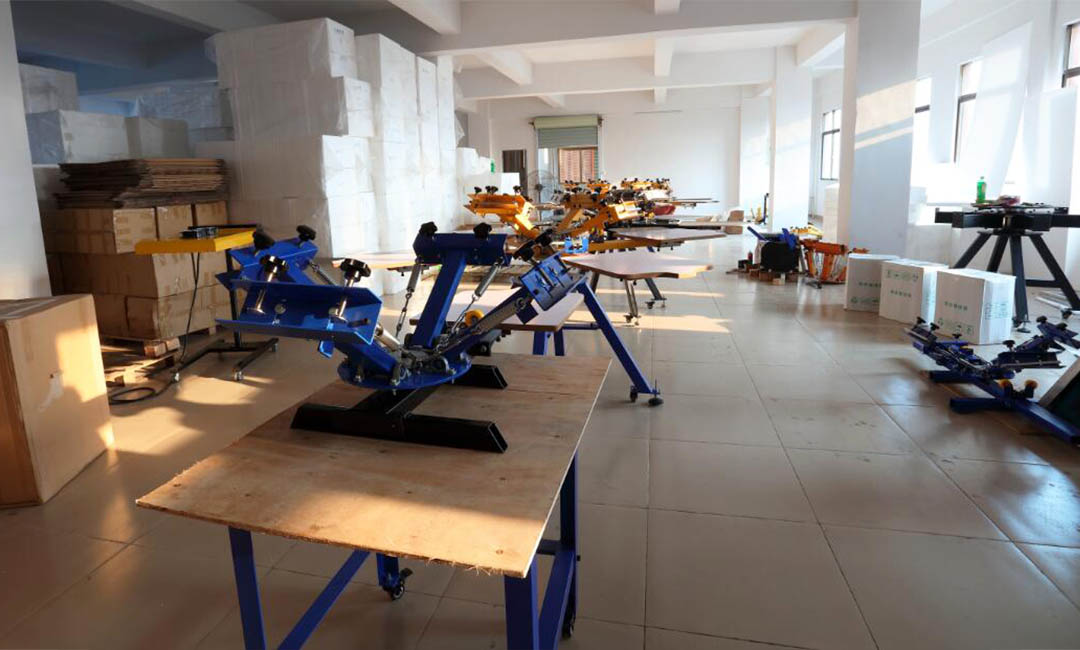Expert Tips for Maximizing Riley Hopkins 150 4 Color 1 Station Efficiency
Proper Screen Preparation
Proper screen preparation is essential for maximizing the efficiency of the Riley Hopkins 150 4 Color 1 Station press. By taking the time to properly prepare your screens, you can ensure that your prints come out clean and crisp every time. In this article, we will discuss some expert tips for preparing screens for use with the Riley Hopkins 150 press.
One of the first steps in screen preparation is ensuring that your screens are clean and free of any debris. This can be done by using a screen degreaser to remove any oils or dirt that may be present on the screen. Once the screens are clean, it is important to properly coat them with emulsion. Emulsion is a light-sensitive material that is used to create the stencil on the screen. To coat the screens with emulsion, you will need a scoop coater. This tool allows you to evenly apply the emulsion to the screen, ensuring that the stencil will be sharp and clear.
After coating the screens with emulsion, it is important to let them dry in a dark room. This will allow the emulsion to cure properly and ensure that the stencil will hold up during the printing process. Once the screens are dry, it is time to burn the image onto the screen. This can be done using a exposure unit, which uses UV light to transfer the image onto the screen. It is important to follow the manufacturer’s instructions when using an exposure unit to ensure that the image is properly burned onto the screen.
Once the screens have been burned, it is time to wash out the image. This can be done using a pressure washer or a hose with a spray nozzle. It is important to wash out the image thoroughly to ensure that all of the emulsion is removed from the screen. Once the image has been washed out, it is important to let the screens dry completely before using them for printing.
In addition to proper screen preparation, it is also important to use the right mesh count for your prints. The mesh count refers to the number of threads per inch on the screen. A higher mesh count will result in a finer print, while a lower mesh count will result in a more opaque print. It is important to choose the right mesh count for your prints to ensure that they come out looking sharp and clear.

Another important factor to consider when preparing screens for the Riley Hopkins 150 press is the tension of the screen. The tension of the screen refers to how tight the screen is stretched on the frame. A higher tension will result in a sharper print, while a lower tension will result in a more blurry print. It is important to ensure that the screens are properly tensioned before using them for printing.

In conclusion, proper screen preparation is essential for maximizing the efficiency of the Riley Hopkins 150 4 Color 1 Station press. By following these expert tips, you can ensure that your prints come out clean and crisp every time. From cleaning and coating the screens to choosing the right mesh count and tension, there are many factors to consider when preparing screens for printing. By taking the time to properly prepare your screens, you can ensure that your prints will look professional and high-quality.
Pre: Choosing Between 4 Color 1 Station Press and Multi-Station Systems
Next: Maximizing Results with a 4 Color Screen Printing Press Kit
Tags: